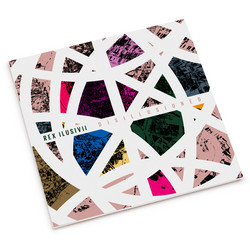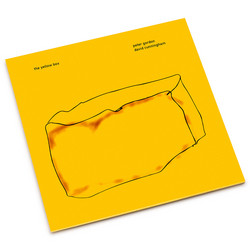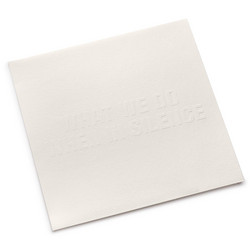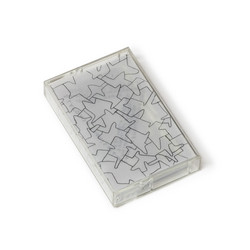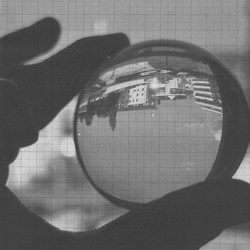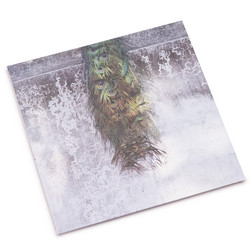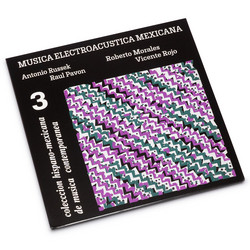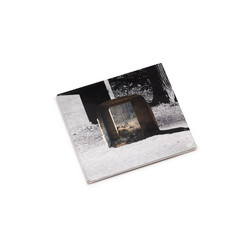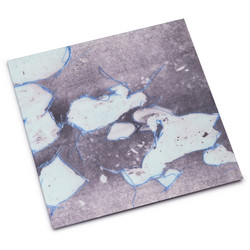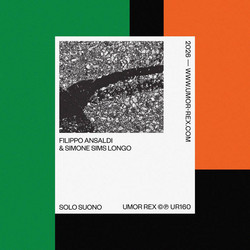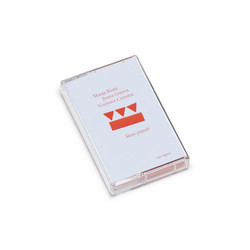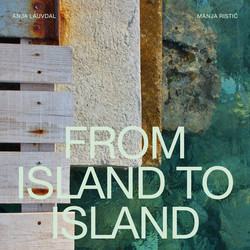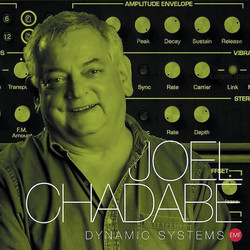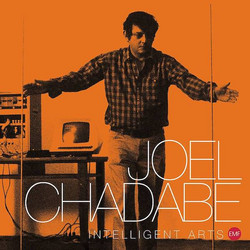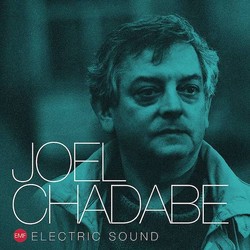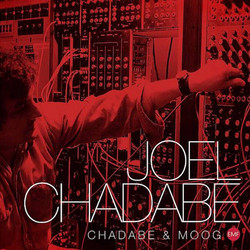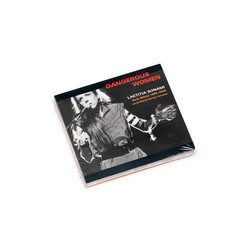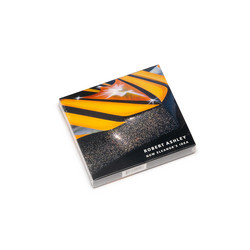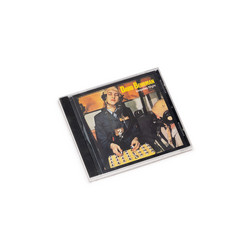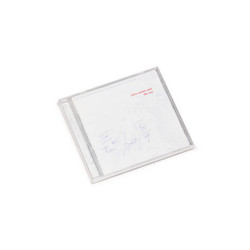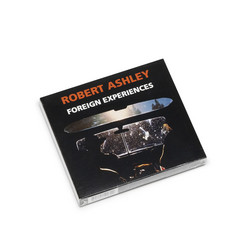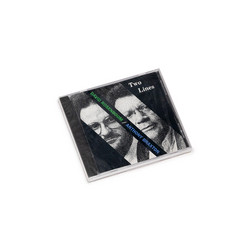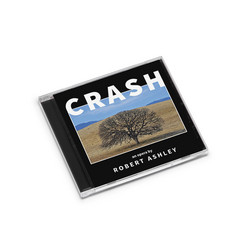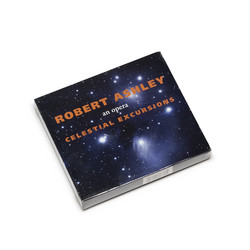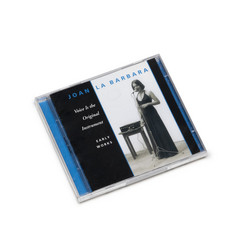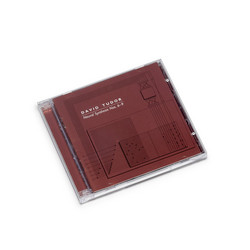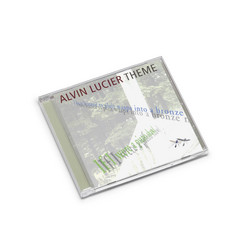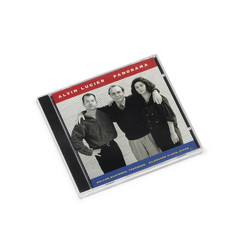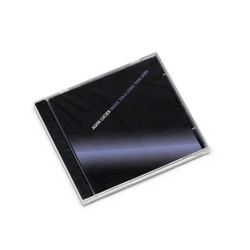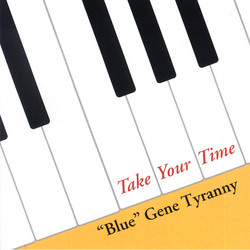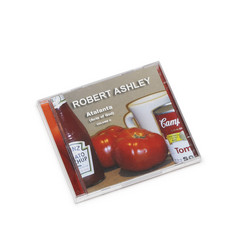**Original 1984 copies, still sealed and log time stored (copies may have minimal wear on covers)** Joel Chadabe, computer/synthesizer; Irene Oliver, soprano
In Settings for Spirituals Chadabe uses a computer programmed to follow the soprano's voice in every nuance and to generate "settings" to expand the musical quality of the vocal sound. In Solo, Chadabe uses a computer-music system that determines the notes of a melody and its accompaniment chords. Chadabe performs the piece by moving his hands in relation to two proximity-sensitive antennas.
Settings for Spirituals
In 1965, at the American Academy in Rome, at my request, John Eaton recorded Irene Oliver singing several spirituals. In 1976, the idea for Settings for Sprituals came to mind, and I chose the following: Lord, I Just Can’t Keep from Crying; A City Called Heaven; Heav’n Heav’n; Po’ Mo’ner Got a Home at Las’; Witness; and Let Us Break Bread Together.
My idea was to use a computer to expand the musical quality of the vocal sound. The computer was programmed to folow Irene Oliver’s voice in every nuance and to generate the settings accordingly. Although it is not always apparent, the sound of her voice was itself used to make the electronic sounds of the settings, a procedure which bound the melody to its setting much as a traditional melody and its accompaniment are bound together by being part of the same chord.
The danger fo distorting the spirituals, of compromising their beauty and strong character, was very real to me, and I sought to avoid that through simplicity. My intention was not to change the spirituals in any way, but rather to contribute to them, to enhance the, to intensify their expression. To anchor them in their tradition and to provide a point of reference, I left the sixth spiritual as it was, with a piano accompaniment played by John Eaton.
Solo
In 1977, I began to compose for and perform with a small computer/digital-synthesizer system which was manufactured expressly for music by New England Digital Corporation. Solo, composed in 1978, was one of the first pieces I finished. My way of working, in general, is to use a computer-music system as an intelligent instrument, intelligent in the sense that it functions by itself, making decisions automatically and responding to a performer in a complex, not entirely predictable way. The system responds to me and I respond to it, and the music takes its form through that conversational, interactive relationship. it is an approach I have called Interactive Composing.
In Solo, the computer determines the notes of a melody and its accompaniment chords, and I perform by moving my hands in relation to two proximity-sensitive antennas. As I move my right hand in relation to the right antenna, I control the speed of the melody by increasing or decreasing the duration of each note. As I move my left hand in relation to the left antenna, I control timbre by passing my hand through zones in which different computer-generated instruments, reminiscent of vibraphones, clarinets and flutes, are playing. It is something like conducting an improvising orchestra. I am continually confronted with situations which contain unforeseeable elements, and, reacting to what I hear, I use the unexpected to advantage, leading the music towards the situations I prefer.
Settings for Spirituals was realized at the Electronic Music Studio, State University of New York at Albany. Roger Meyers provided computer programming assistance.
Solo was recorded in the composer’s private studio in Albany, New York.


